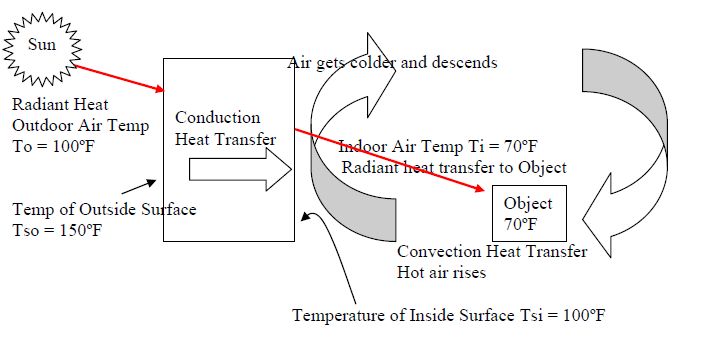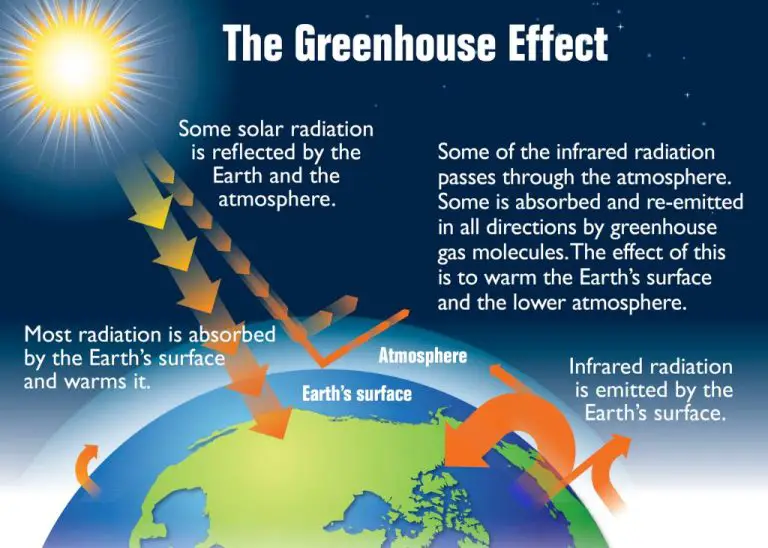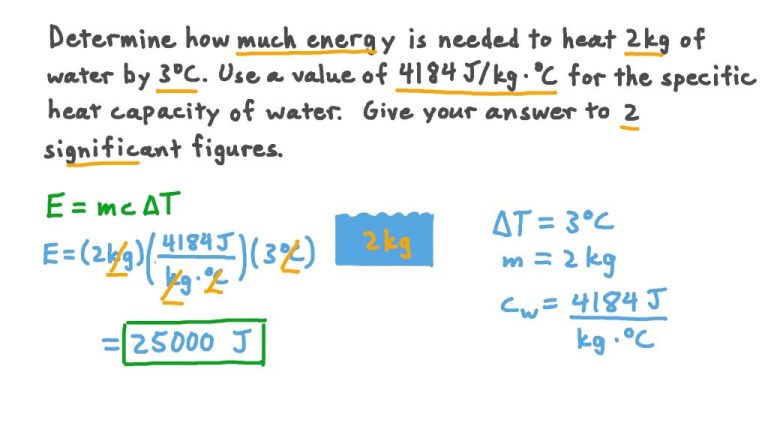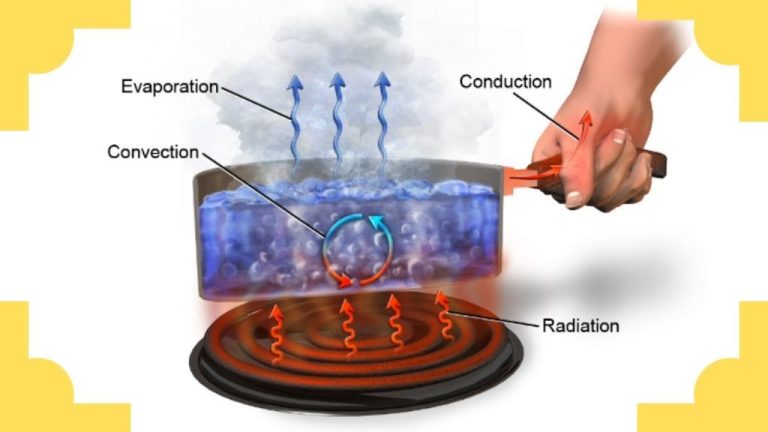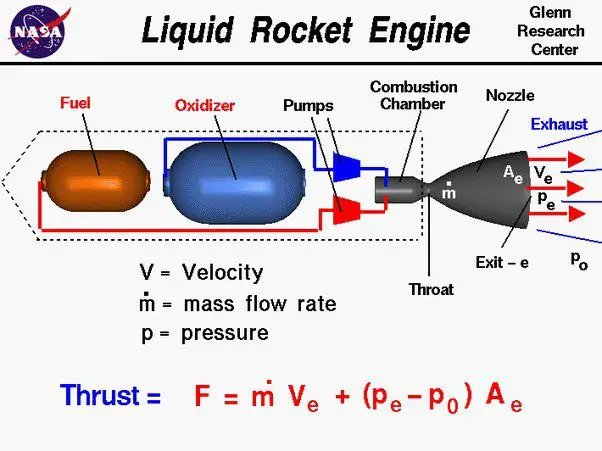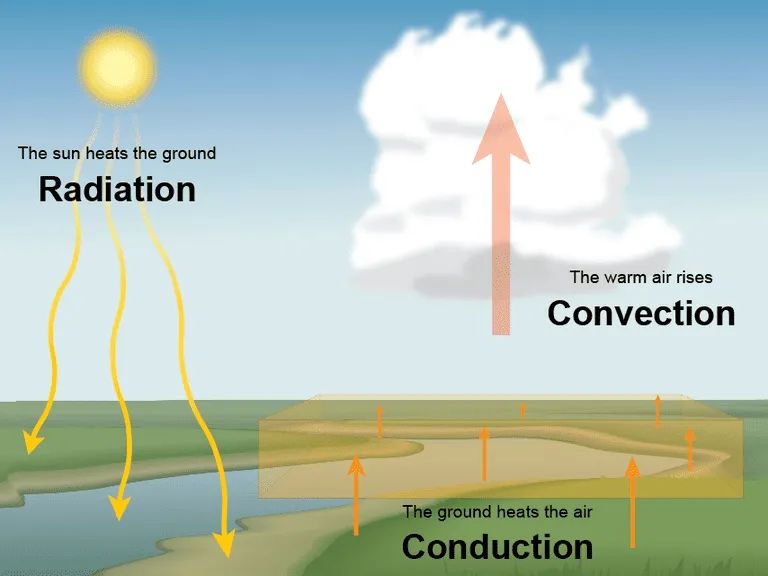How Can We Generate Heat?
Heat is energy that transfers from one object to another due to a difference in temperature. Generating heat involves increasing the internal energy of an object or system, which results in a temperature rise. There are many different ways to produce heat, which typically involve converting one form of energy, like chemical or electrical energy, into thermal energy.
Some common methods of heat generation include burning fuel sources like natural gas, wood, or coal, nuclear fission reactions, capturing solar thermal energy, tapping into geothermal energy from the Earth’s core, running electrical current through resistive heating elements, facilitating exothermic chemical reactions, creating friction to convert mechanical energy into heat, and harnessing the heat released from biological processes like metabolism and decomposition.
This article will provide an overview of several major heat generation techniques, including burning various fuel sources, nuclear fission, solar thermal capture, geothermal power, electrical heating, chemical reactions, frictional heating, and biological processes. The benefits and drawbacks of each method will be explored to provide a comprehensive look at how we produce heat for applications ranging from home heating to industrial manufacturing.
Burning Fuel Sources
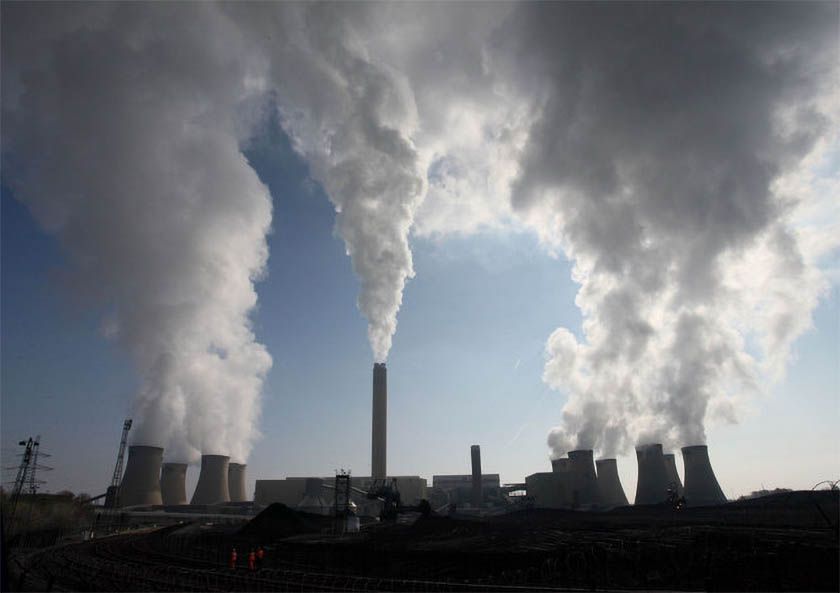
One of the most common ways we generate heat is by burning fuel sources. This includes natural sources of fuel like wood, coal, natural gas, and oil. When these fuels undergo combustion, a chemical reaction occurs that releases heat energy. This heat can then be captured and used for various applications.
One major use of heat from burning fuels is to generate steam. Fuels like coal are burned in boilers to heat water, which converts it into high pressure steam. This steam then drives turbines to generate electricity. Burning fuels to create steam is also used in district heating systems that provide heat and hot water to buildings.
Heat from burning fuels can also be harnessed through internal combustion engines. In engines like those found in cars and generators, the fuel is burned inside the engine itself. This creates hot expanding gases that drive the movement of pistons, which turns a crankshaft to produce usable mechanical power. The engine block also becomes hot from the combustion, which is circulated through a cooling system and can be used for heating as well.
Nuclear Fission
Nuclear fission is a process that splits atomic nuclei, resulting in a release of enormous amounts of energy. This process powers nuclear reactors and provides heat that is used to generate electricity.
In nuclear power plants, a controlled fission reaction occurs inside the reactor core. This splits uranium atoms, producing heat that boils water into steam. The high-pressure steam then spins turbines and generates electricity.
For fission to occur, a neutron must collide with a fissile atom like uranium-235. This causes the uranium nucleus to split into lighter atoms, releasing kinetic energy, gamma radiation, and 2 or 3 additional neutrons. These neutrons go on to split more uranium atoms in a chain reaction.
Nuclear power plants control the fission reaction using control rods and moderators. Control rods absorb excess neutrons while moderators like water slow down neutrons to increase the likelihood of fission occurring. This allows a steady, controlled release of energy that can be safely harnessed.
Solar Thermal Energy
One way we can generate heat is by harnessing solar thermal energy from the sun. Solar thermal energy involves converting sunlight into heat. There are several main ways this can be done:
Solar water heating – Solar collectors with dark absorbers can heat up when sunlight hits them. These collectors transfer the heat to water, which can then be used for hot water applications in homes, businesses, and industry.
Solar furnaces and ovens – Parabolic mirrors or lenses can concentrate sunlight into a small beam. This concentrated beam of solar energy can produce very high temperatures for industrial processes like smelting or to cook food in solar ovens.
Concentrated solar power – Fields of solar thermal collectors with curved mirrors or lenses can focus sunlight on a central receiver. The collected heat can then drive a generator to produce electricity.
Solar thermal energy is beneficial because it directly harnesses the sun’s heat in a renewable and sustainable way. It can serve a variety of heating needs, from residential hot water to industrial processes. With solar thermal technology, we can tap into the sun’s immense energy emissions and turn them into useful heat for our needs.
Geothermal Energy
Geothermal energy utilizes the natural heat from the earth’s core to generate power. The high temperatures found deep underground can be harnessed in geothermal power plants to produce electricity.
Geothermal power plants are built over geothermal reservoirs located several kilometers below the earth’s surface. Wells are drilled into the reservoirs to pump up the hot water or steam, which rises to the surface because of the intense heat. This geothermal fluid then drives turbines connected to electricity generators.
The geothermal reservoirs used for power production are rare but can provide a consistent source of renewable energy. Countries like the U.S., Philippines, and Iceland generate significant amounts of their electricity from geothermal plants. With advanced technologies, even areas without ideal reservoirs can produce geothermal power.
Electrical Heating
Electricity is commonly used to generate heat in many homes and appliances. Some examples of electrical heating include:
Electric stoves/ovens
Electric stoves and ovens use heating coils or infrared heating elements to convert electrical energy into heat. The heating elements get red hot when electricity passes through them. This allows them to heat up pots, pans, and food inside the oven cavity. Electric stoves provide instant and adjustable heat for cooking.
Electric water heaters
Electric water heaters use electric heating elements to heat water for domestic and commercial use. The water is stored in an insulated tank and heated by one or two electrical heating elements. Thermostats control the temperature of the water. Electric water heaters provide hot water on demand without needing to burn fuels.
Space heaters
Portable electric space heaters use electric coils or infrared quartz bulbs to produce heat. They are versatile and can be moved room to room to provide spot heating. Space heaters with thermostatic controls allow adjusting the heat output. Electric space heaters provide efficient heating without ductwork or a central furnace.
Chemical Reactions
Certain chemical reactions generate heat as a byproduct. These types of reactions are called exothermic reactions. The most common example is combustion – combining a fuel with oxygen to produce energy in the form of heat. But there are other types of exothermic chemical reactions that can generate heat without combustion.
One example is hand warmers. These typically contain iron powder, activated charcoal, water, and salts. When the hand warmer is exposed to air, an oxidation reaction takes place that produces heat. The iron oxidizes in the presence of oxygen, generating warmth that can last for hours.
Another example is explosives and controlled demolitions. When unstable chemicals like nitroglycerin explode, the rapid reaction suddenly releases a huge amount of energy in the form of heat and pressure. This allows explosives to be used for controlled demolitions of buildings or other structures.
So chemical reactions, without any actual combustion or fire, can be engineered to produce heat for various applications. Whether it’s a simple hand warmer or a precisely timed explosion, exothermic chemical reactions are a versatile way to generate thermal energy.
Frictional Heating
One way we can generate heat is through frictional heating or rubbing things together. A simple example is rubbing your hands together briskly to warm them up on a cold day. The friction between your palms converts mechanical energy into thermal energy in the form of heat.
On a larger scale, frictional heating is utilized in industrial machining and drilling processes. The friction between a drill bit and metal can raise the temperature significantly. This heat generated must be managed through coolants and lubricants to avoid damaging the machinery and workpiece.
Essentially, any time two objects rub against each other, some mechanical energy gets converted into heat. The faster the motion and greater the force applied, the more frictional heat is produced. So friction is an effective, simple way of generating thermal energy through mechanical work.
Biological Processes
Animal metabolism and compost piles are two examples of biological processes that generate heat. Mammals and birds maintain a constant internal body temperature through metabolic chemical reactions that produce heat as a byproduct. The oxidation of carbohydrates, fats, and proteins provide the energy that powers cells and enables bodily functions. This metabolic process generates significant amounts of waste heat that helps maintain a high core temperature. Compost piles also produce heat as microorganisms break down organic matter. The decomposition process causes chemical reactions that release heat into the compost heap. As beneficial bacteria, fungi, and invertebrates digest materials like food scraps, yard waste, and manure, temperatures within the compost can reach over 140°F through collective metabolic action. Both animal metabolism and composting demonstrate how the basic biological processes of converting fuel into energy results in heat generation.
Conclusion
There are many ways that we can generate heat through scientific processes and natural resource utilization. The burning of fossil fuels like coal, oil, and natural gas in power plants, vehicles, and home heating systems is still the most common source of heat energy in much of the world. However, this method produces significant greenhouse gas emissions that contribute to climate change. Nuclear fission in nuclear power plants is another intense heat source but it comes with the risk of dangerous radioactive waste.
More sustainable options exist like using the sun’s thermal energy with solar heating systems or tapping into the earth’s internal warmth through geothermal power. Converting electricity into heat through resistive elements in appliances like toasters and space heaters can provide targeted warming, although this still requires electricity generation from other means. Some chemical reactions and mechanical friction from engines and moving parts also produce heat as a byproduct. Even living organisms, including humans, generate heat from metabolic processes.
As we work to reduce our carbon footprint and reliance on fossil fuels, sustainable heat generation methods like solar, geothermal and improved electrical heating technology will become increasingly important. Comparing the applications, efficiency, costs and environmental impacts of each method allows us to make informed choices about meeting our heating needs while protecting the planet. Rethinking our energy sources and uses in a more holistic, systems-level way is key to balancing human development and comfort with ecological stewardship.

